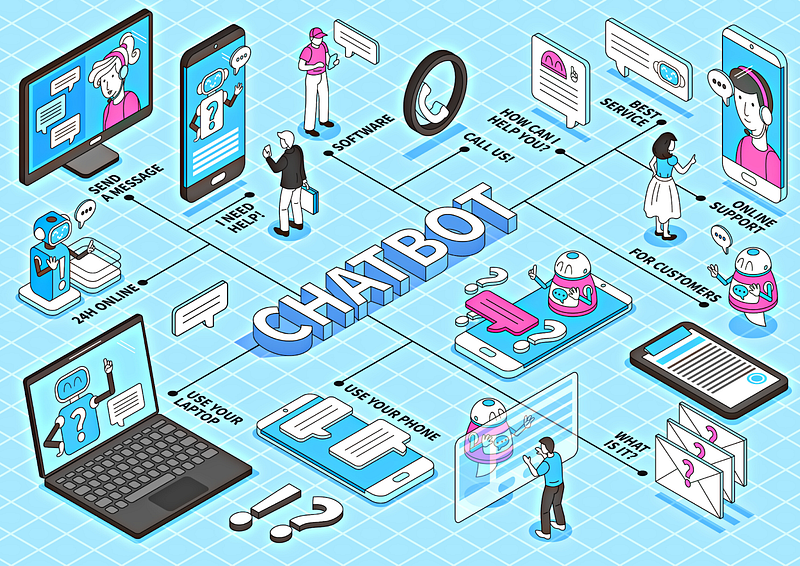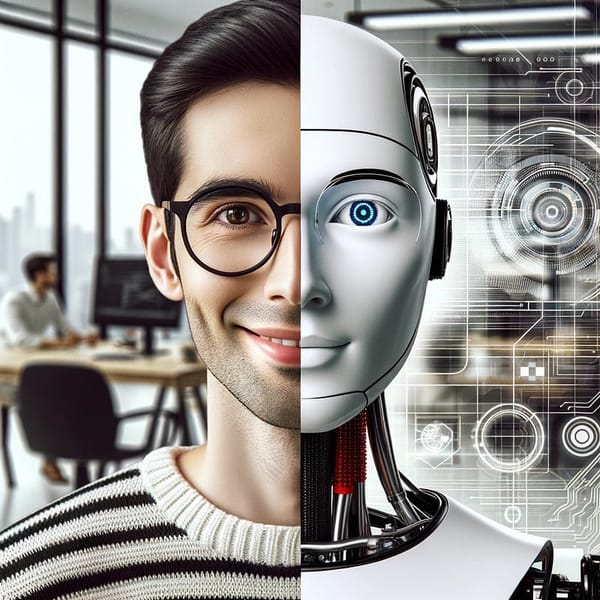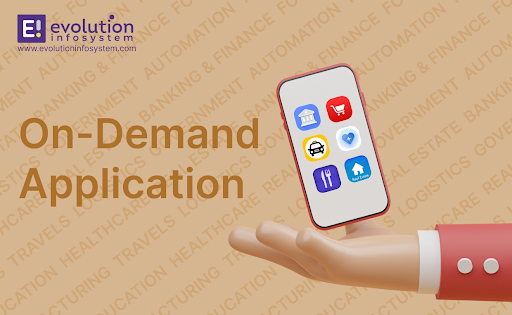Unlocking Business Growth with Chatbots: The Future of Customer Engagement
We are in the midst of the evolution of artificial intelligence and chatbots are just a ripple on the surface of the ocean. There are now…

We are in the midst of the evolution of artificial intelligence and chatbots are just a ripple on the surface of the ocean. There are now more than 1.2 billion monthly users of Facebook Messenger alone, and other messaging apps such as WhatsApp, Slack, and Skype are rapidly gaining popularity. Messengers have pushed digital chatterbots, which mimic human conversation, into the mainstream for various tasks.
Customer service can be automated through online chatbots, saving time and effort. Over 85% of consumer interactions will most likely be handled by software by 2030, according to Gartner. Yet, the possibilities offered by chatbot systems move far from supplying answers to customers’ questions. The devices are also useful for various business tasks, including collecting customer information, preparing meetings, and decreasing overhead costs. Chatbots are growing at an exponential rate, and this is not surprising.

What is a chatbot and what are its functions?
It’s a digital assistant that communicates with us via text message, a companion that allows marketers to reach out to customers through websites, apps, or on-the-spot messengers. Bots are machines that automate communication with customers. Nowadays you can use AI & ML to create chatbots.
What are the benefits of chatbots for businesses? A few reasons for this include eliminating routine duties and simultaneously handling a few user requests. In addition, the rapidity with which chatbots handle customer requests facilitates gaining loyalty from clients. Also, you can generate leads for your business, book a room in a hotel, you can install or set up software or apps, you can collect feedback as well as book appointments for meetings.
As chatbots become more popular, consumers are also getting more interested in them. Humans choose to interact with chatbots for a number of reasons, according to a study presented at the 4th International Conference on Internet Science in November 2017. These studies show that people are inspired to engage with chatbots primarily by the following factors:
- Productivity
- Entertainment
- Social & relation factor
- Curiosity
Chatbots: A Brief History and Evolution
The concept of chatbots dates back to 1966 with the creation of Eliza by Joseph Weizenbaum at MIT. Since then, chatbots have undergone significant evolution, with advancements in AI enabling them to pass the Turing test, which assesses a machine’s ability to exhibit intelligent behavior indistinguishable from that of a human .
In terms of the type of chatbot
- Simple chatbot
Work is based on prewritten keywords that they understand. The developer must write these instructions one by one, using regular expressions or alternative methods of string evaluation. It is impossible for the robot to understand the consumer’s question if at least one keyword isn’t used, and it reacts by saying “Sorry”. I don’t understand”.
- Smart chatbot
When talking to users, they rely on artificial intelligence. The robot responds without using pre-prepared answers, but with helpful tips on the subject. All client conversations are also recorded to be analyzed later. “The State of Chatbots” by Forrester Research indicates that AI is not magic and that it is not always able to deliver an extraordinary user experience. We can create a chatbot with API integration. We developed APIs according to the client’s requirements and deployed them in chatbot coding.
- Custom chatbot
Customization is a very important part of any product because, without it, clients won’t accept anything. Chatbot customization means developing a chatbot based on client requirements and integrating APIs. As per client requirements, we can deploy questions in chatbots based on AI and ML, or without.
Yes! A chatbot can help to grow business
- Reduce client’s wait time. Customer wait times are reduced with chatbots. With a talk window, users get instant answers to common questions instead of waiting for an email, phone call, or other response.
- Resolve support cases. In the race to resolve help cases quickly, chatbots act as an ally for an organization. As soon as they answer customers’ trustworthy questions, they will be happier, and they can do it time and time again. This leads to a reduction in cases logged for support businesspeople to assist with.
- Serve up resources that clients need. As an example, a chatbot can greet clients instantly and direct them to the sources they are looking for, using a branded greeting.
- Identify leads for the business. Artificial intelligence-powered chatbots facilitate initial help interactions with clients or prospects so that carriers can follow up. If the chatbot asks a series of relevant questions and gathers the visitor’s e-mail address, the sales rep will receive a more qualified lead. They can then use the information to customize future relationships with customers.
Chatbot Market Size & Revenue Growth

The global chatbot market experienced remarkable growth in 2022 reaching $4.7 billion. Additionally, it is poised for a robust 23.3% annual expansion from 2023 to 2028, reaching $15.5 billion. In-house bot solutions made up 62.0% of the market. Sales and marketing drove user engagement and held a 39.5% market share.
Conclusion
It is only now that many business owners are starting to understand the benefits chatbots can offer. Its capabilities continue to grow, and it isn’t yet possible to make exceptional chatbots from this technology. Invest in the development of a chatbot for your enterprise and stay ahead of the competition!




